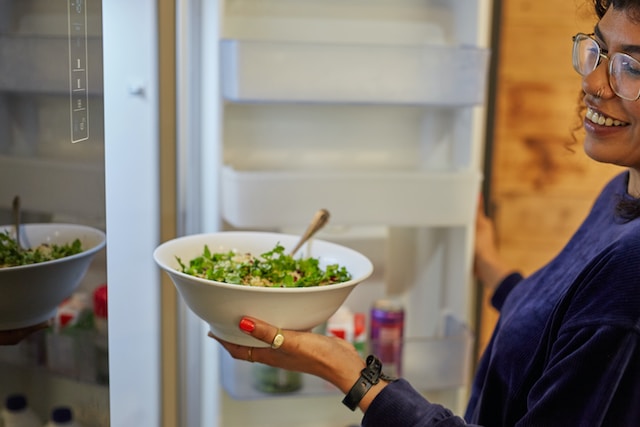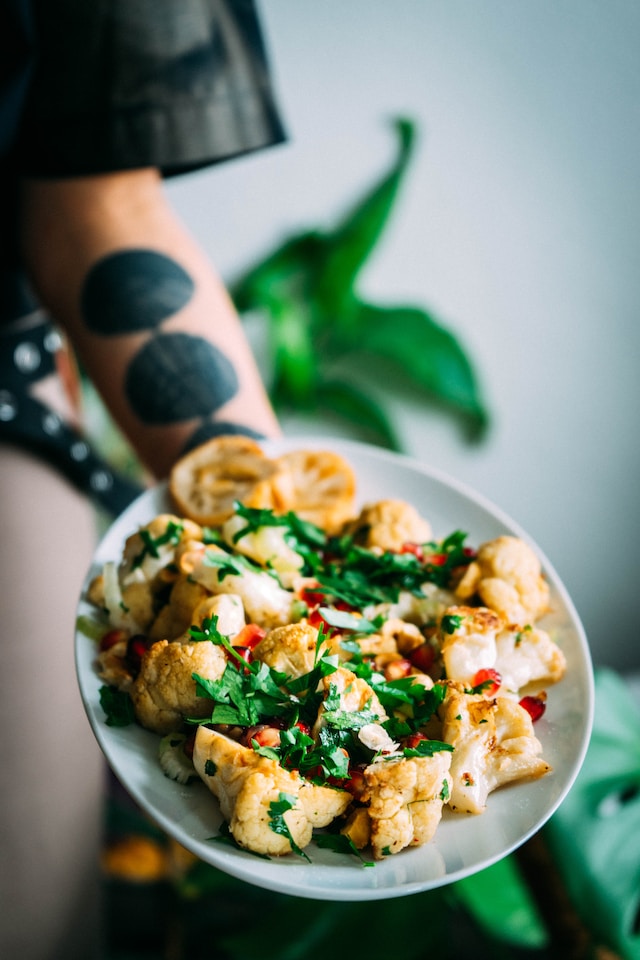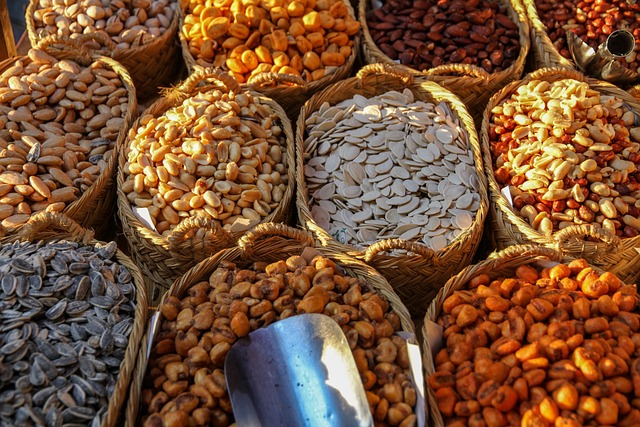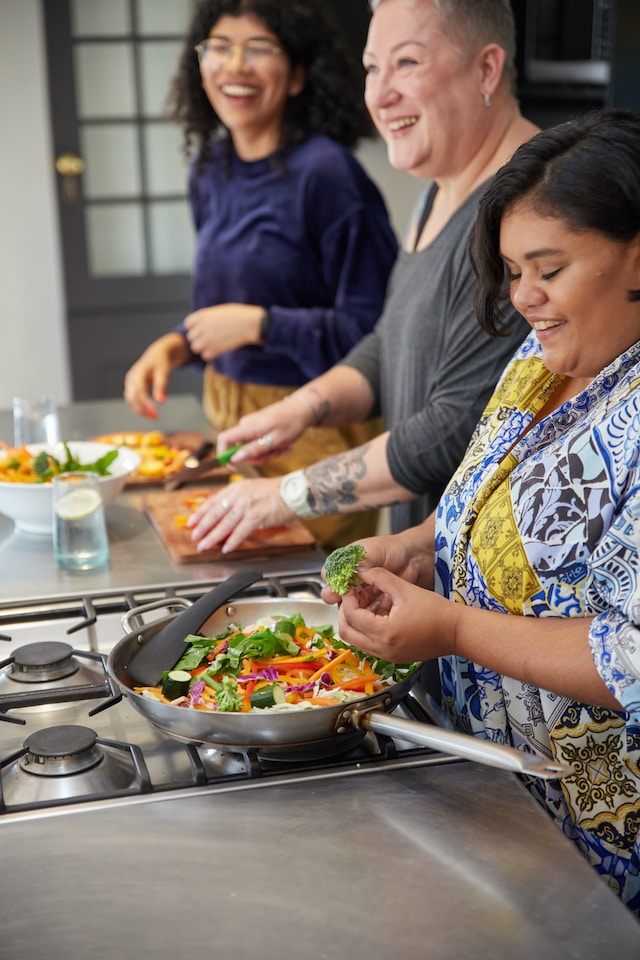
Are you ready to embark on a delicious and compassionate culinary journey? Whether you are a seasoned vegan or just starting to explore the plant-based lifestyle, vegan cooking offers an array of enticing flavors and innovative techniques that will tantalize your taste buds. Fruits, vegetables, grains, legumes, nuts, and seeds become the building blocks of mouthwatering meals. By embracing vegan cooking, you not only contribute to the well-being of our planet, but also nurture your own health and discover an abundance of vibrant flavors.
One of the beauty of vegan cooking lies in its simplicity. With just a few accessible ingredients and a touch of creativity, you can whip up a delectable feast in no time. Whether you have a soft spot for comforting soups or crave zesty stir-fries, there is a vegan recipe to suit every palate and dietary preference.
So, roll up your sleeves, don your apron, and let’s dive into the marvelous world of vegan cooking. In this digital space, we will unravel the secrets of plant-powered cuisine, offering you a wealth of recipes, tips, and tricks to inspire your culinary adventures. Get ready to savor the incredible flavors, discover new ingredient combinations, and embark on a journey of compassionate and delicious discoveries. Welcome to the wonderful realm of vegan cooking!
Why Choose Veganism?
If you’ve ever been curious about veganism, now is the perfect time to delve into this compassionate and sustainable lifestyle. Choosing veganism means making a conscious decision to exclude animal products from your diet and, often, from other aspects of your life as well. But why make this choice? What motivates individuals from all walks of life to embrace veganism?
- Compassion for Animals: One of the primary reasons people choose veganism is their deep empathy for animals. By adopting a vegan lifestyle, you actively contribute to reducing animal suffering. By abstaining from consuming animal products, you help minimize the demand for animal agriculture, factory farming, and other practices that often involve intense confinement, harsh conditions, and inhumane treatment.
- Environmental Awareness: Veganism goes hand in hand with sustainability. Animal agriculture is a significant contributor to greenhouse gas emissions, deforestation, and water pollution. By choosing plant-based foods, you reduce your carbon footprint, conserve water, and help mitigate climate change. Embracing veganism is an empowering way to take a stand for the preservation of our planet.
- Global Food Security: As the world’s population continues to grow, so does the demand for food. Veganism can play a critical role in achieving global food security. Animal agriculture requires vast amounts of resources, including water, land, and grain to raise livestock. By shifting towards plant-based diets, we can make more efficient use of these limited resources and help ensure everyone has access to nutritious food.

- Health and Well-being: Adopting a vegan lifestyle offers a myriad of benefits for our bodies and overall well-being. Plant-based diets are typically rich in fiber, vitamins, and minerals while being lower in saturated fats and cholesterol. Veganism can support heart health, weight management, and reduce the risk of chronic diseases such as diabetes and certain types of cancer. A balanced vegan diet can provide all the essential nutrients your body needs while promoting vitality and longevity.
- Culinary Adventure: Veganism is not just about restrictions; it’s about opening up a whole new world of flavors, textures, and culinary possibilities. Exploring vegan cooking allows you to discover a vast array of vibrant fruits, vegetables, whole grains, and legumes that create incredible dishes. With some creativity, a pinch of spices and herbs, and a willingness to experiment, you’ll be amazed at the incredible meals you can whip up.
Essential Ingredients for Vegan Cooking
If you’re ready to embark on a culinary adventure in the realm of vegan cooking, it’s essential to have a pantry stocked with some key ingredients. These staples will become the foundation of your plant-powered creations and help you create delicious and nourishing meals. Here are some simple, yet vital, ingredients to have on hand:
Fresh Fruits and Vegetables
Fill your kitchen with an abundance of fresh produce, including leafy greens like spinach and kale, vibrant fruits like berries and citrus, and a variety of colorful vegetables like carrots, tomatoes, and bell peppers. These ingredients will add natural sweetness, vibrant colors, and essential nutrients to your dishes.
Whole Grains
Incorporate whole grains like brown rice, quinoa, oats, and whole wheat pasta into your meals. These grains are rich in fiber, providing sustained energy and aiding digestion. They also serve as a versatile base for countless dishes, from hearty grain bowls to comforting stews.
Legumes and Beans
Stock up on an assortment of legumes and beans such as lentils, chickpeas, black beans, and kidney beans. Not only are these plant-based proteins nutritious and filling, but they also add texture and depth to your recipes. They can be transformed into mouthwatering burgers, creamy hummus, or even savory curries.
Nuts and Seeds
Keep a variety of nuts and seeds in your pantry, like almonds, walnuts, chia seeds, and flaxseeds. These powerhouses of nutrition can be used to make creamy nut milks, add crunch and protein to salads, or blend into flavorful sauces and dressings.

Plant-Based Milk and Yogurt
Explore the world of plant-based milk and yogurt, such as almond milk, coconut milk, or soy milk. These dairy alternatives can be used in baking, smoothies, and savory dishes that require a creamy touch. They are also a fantastic option for individuals with lactose intolerance or those who choose to avoid animal products.
Spices and Herbs
Spice up your dishes with a medley of herbs and spices. Keep essentials like garlic, onion powder, cumin, turmeric, paprika, and dried herbs like basil, oregano, and thyme within reach. These aromatic additions will bring depth and flavor to your creations, making every bite tantalizing and memorable.
Condiments and Sauces
Jazz up your meals with an assortment of condiments and sauces. From tangy mustard and savory miso paste to aromatic soy sauce and creamy tahini, these flavor enhancers will take your recipes to the next level. They can be drizzled over salads, used as marinades, or simply enjoyed as dipping sauces.
Vegan Cooking Techniques
Vegan cooking techniques are as varied and exciting as the flavors they produce. With a few simple tricks up your sleeve, you can transform ordinary ingredients into extraordinary dishes. Here are some essential vegan cooking techniques to help you elevate your plant-based cuisine:
- Roasting: The process of roasting involves cooking food in a hot oven, allowing it to caramelize and develop rich flavors. Roasting vegetables like sweet potatoes, bell peppers, or cauliflower brings out their natural sweetness and creates a delightful texture. Try roasting chickpeas for a crispy and savory snack or roast fruits like peaches or apples for a sweet and tender dessert.
- Steaming: Steaming is a gentle cooking method that preserves the nutrients and natural flavors of ingredients. It involves cooking food over boiling water, allowing it to cook through the steam. Steam vegetables like broccoli, carrots, or green beans until they are tender-crisp and bright in color. Steaming is also an excellent technique for cooking grains like quinoa or bulgur, resulting in fluffy and perfectly cooked grains every time.
- Grilling: Grilling adds a smoky and charred flavor to ingredients, creating a unique taste sensation. While traditional grilling often involves meat, you can achieve the same delicious results with plant-based foods. Grill skewers loaded with marinated vegetables like bell peppers, onions, and cherry tomatoes. Grill slices of eggplant or portobello mushrooms for a meaty and satisfying main course. The possibilities are endless when it comes to grilling vegan-style.
- Sautéing: Sautéing is a quick and versatile cooking technique that involves cooking food in a small amount of oil or liquid over medium-high heat. It allows you to create flavorful dishes in a matter of minutes. Sauté onions, garlic, and vegetables like mushrooms or zucchini to create a delicious base for your meals. You can also sauté tofu or tempeh to achieve a crispy exterior while retaining a soft and moist center.

- Baking: Baking is a staple cooking technique for both savory and sweet creations. Whether you’re making a hearty casserole, a crusty loaf of bread, or a decadent dessert, baking can be a transformative process. Use plant-based ingredients like flax eggs or applesauce as egg substitutes and non-dairy milk for milk alternatives. Explore the world of vegan baking and enjoy treats like chocolate chip cookies, moist carrot cake, or fluffy pancakes without compromising on taste or texture.
- Blending: Blending is a powerful technique that allows you to create smooth and creamy textures. It’s perfect for making sauces, soups, and creamy dressings. Blend soaked cashews or silken tofu with herbs and spices to make a luscious sauce or whip up a refreshing smoothie using fruits, greens, and plant-based milk. The blender is your best friend when it comes to achieving silky smooth textures in your vegan creations.
- Fermenting: Fermenting is a technique that involves allowing foods to ferment over time, creating complex flavors and promoting gut health. Experiment with making your own fermented foods, such as sauerkraut, kimchi, or kombucha. Fermented ingredients can add depth and tanginess to your dishes and provide health benefits through the proliferation of gut-friendly bacteria.
Remember, don’t be afraid to get creative and experiment with these techniques. Vegan cooking offers you the chance to explore and discover new flavors, textures, and combinations. So, roll up your sleeves, gather your ingredients, and let your culinary imagination run wild. Happy vegan cooking!